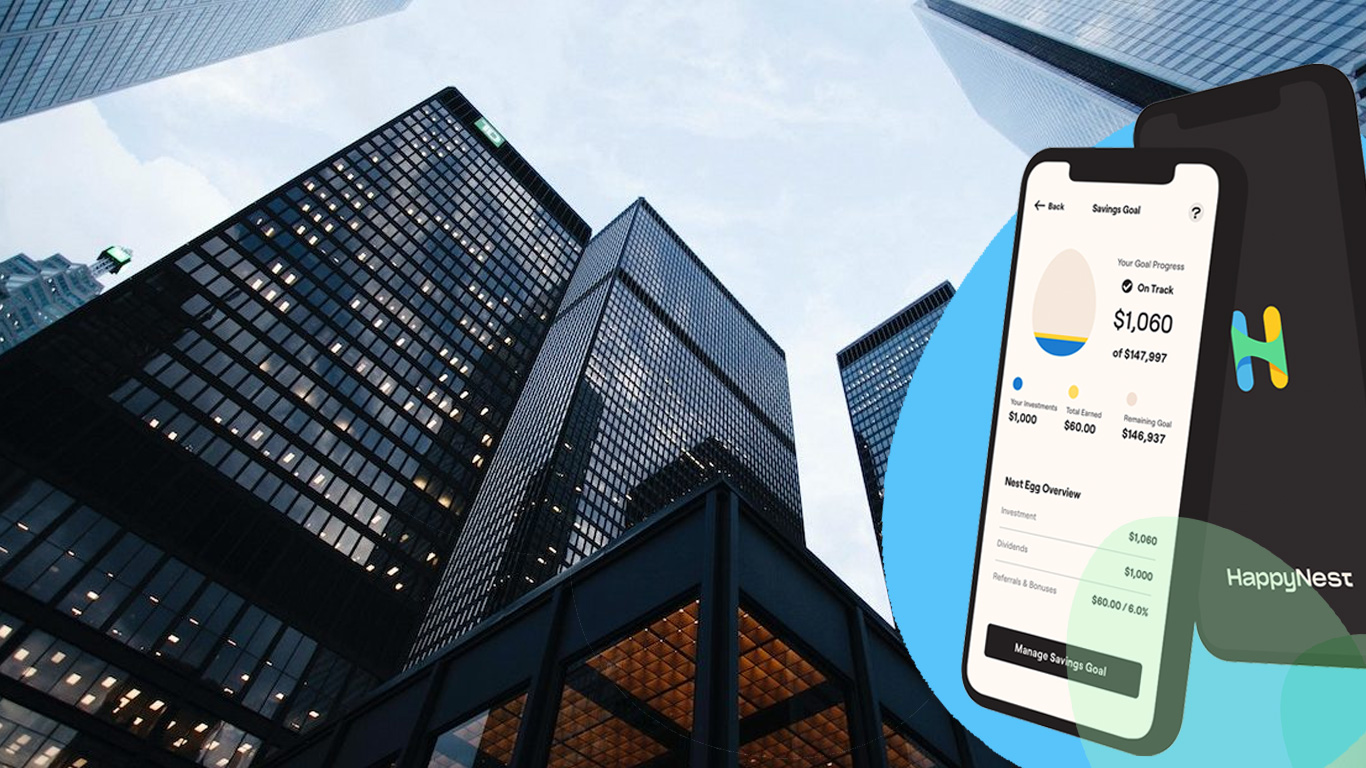In today’s fast-paced and ever-changing world, real estate has always been a cornerstone of investment for many individuals. With the advent of new technologies and innovative business models, the landscape of real estate investing is rapidly evolving. In this exclusive interview, we sit down with Jesse Prince, the CEO of HappyNest, a groundbreaking platform that is revolutionizing the commercial real estate investment industry. Jesse shares his vision for the future of real estate investing and how HappyNest is paving the way.
Jesse has always been passionate about real estate investing. With a background in finance, a master’s in real estate from NYU, and years of experience in the industry, he noticed a significant gap in the market – a lack of accessible, user-friendly platforms for everyday investors. Driven by his passion for real estate and a desire to democratize the investment process, he founded HappyNest, a platform that makes investing in real estate as easy as investing in stocks.
What is HappyNest?
“HappyNest is a fintech startup that offers commercial real estate investment opportunities to retail investors, with a focus on millennials and Gen Z. The platform allows users to invest in real estate funds with as little as $10 and offers unique features like a round-up program that lets users invest their daily transaction round-ups into shares of the fund. HappyNest’s mission is to make real estate investment accessible and inclusive for all while providing a seamless and user-friendly investment experience,” says Prince.
Historically, commercial real estate investments were only accessible to those who could afford to purchase properties independently. Traditional real estate investments necessitate a down payment or a significant lump sum, making it difficult for young or new investors to enter the market. However, commercial real estate assets have outperformed the stock market for decades. HappyNest provides a solution to this problem by offering investors an opportunity to access this lucrative market. As a shareholder, you become a partial landlord of these exceptional assets, and you will receive quarterly dividends from rental income. Furthermore, shareholders will benefit from any increase in value our properties experience.
The future of commercial real estate investing
According to Jesse, “The future of real estate investing lies in making the process more accessible and empowering individual investors.” He envisions a world where technology and data-driven insights enable investors to make well-informed decisions about their investments. In this future, barriers to entry will be significantly reduced, allowing people from all walks of life to participate in real estate investing and build wealth.
Jesse also believes that sustainability and social impact will play a crucial role in the future of real estate. As the industry evolves, he sees a greater emphasis on environmentally friendly and socially responsible investment opportunities. HappyNest is already working towards this vision by carefully selecting properties that adhere to high sustainability standards and support community development initiatives.
How does HappyNest help me become a commercial real estate investor?
With HappyNest, you can become a real estate investor with a low buy-in amount of just $10. It is one of the lowest minimum investments of any real estate investing platform on the market.
HappyNest’s investment portfolio consists of a diverse range of real estate assets, including net leased retail to national tenants, mixed-use properties, multi-family developments, real estate lending funds, logistics facilities, and properties leased to tenants in the cannabis industry. The investments are located across the United States, with a focus on strong logistics locations, growing populations, and thriving industry sectors.
HappyNest’s investment strategy seeks to provide principal protection while achieving attractive returns through a variety of strategies, including property value growth, rent growth, and effective asset management. HappyNest’s recent sale of a CVS property with a 15% IRR in just over two years is a testament to the effectiveness of its investment strategy. Overall, HappyNest’s portfolio offers a unique and well-rounded investment opportunity for those seeking low volatility returns, current income, and downside principal protection in the real estate industry.
Our easy-to-read blog provides useful explanations of investment strategies, allowing users to invest in premier commercial real estate for just a few dollars at a time.
How to get started investing in commercial real estate with HappyNest
HappyNest is undoubtedly at the forefront of the future of real estate investing. With its innovative platform, dedication to accessibility, and commitment to sustainability and social impact, the company is poised to make a lasting impact on the industry. Download our app and start your journey to financial success. Set realistic savings goals, choose the amount you want to invest, and start growing your nest egg.




















